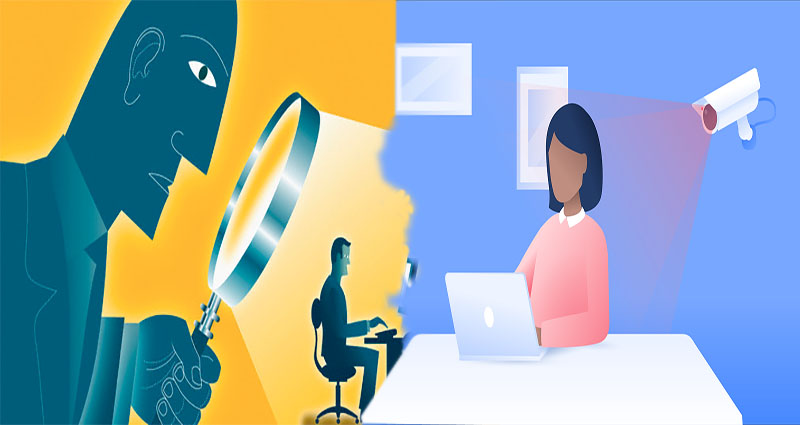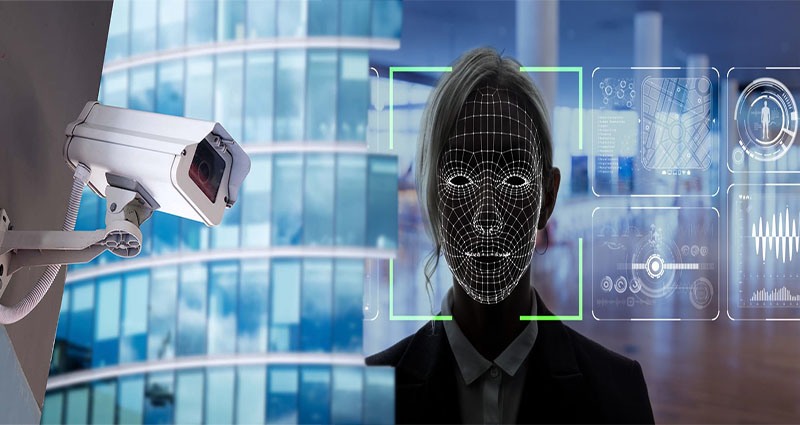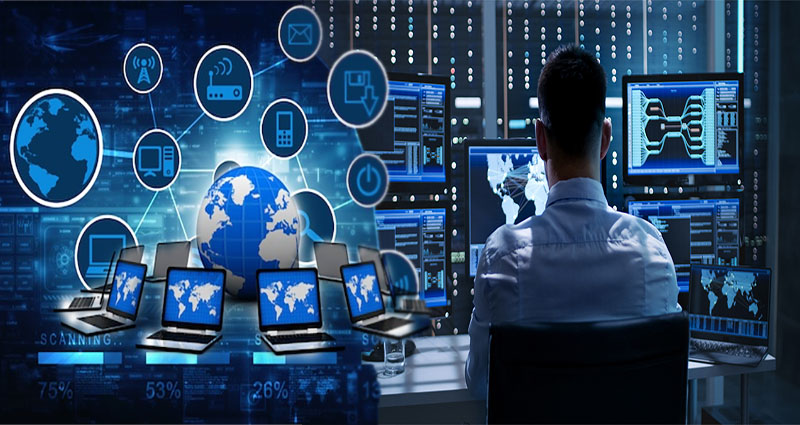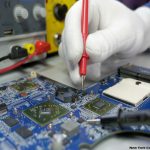Government Internet Surveillance
As the world has become more connected, governments began to use government internet surveillance programs to achieve their national security goals. Through the use of high-tech software and programs, government authorities have successfully sought justice and improved national security. The use of government internet surveillance is a vital first step in protecting our nation and is a vital tool to help collect evidence, infiltrate terrorist cells, and win the ‘War on Drugs.’ This technology also offers powerful protection from external threats.
Carnivore, Magic Lantern and CIPAV are examples of government internet surveillance
The FBI and other government agencies have used computer programs to spy on their target computers inside their homes. They can track emails sent and received, web browsing histories, software applications installed, and location. But the public has been less than impressed by these programs, which can gather vast amounts of personal information about you. While the FBI … Continue reading >>>











